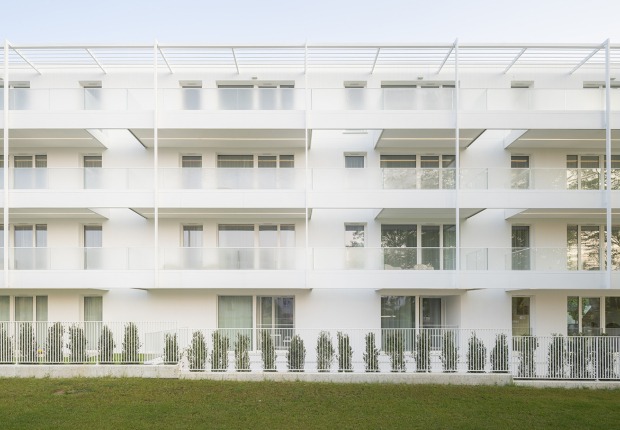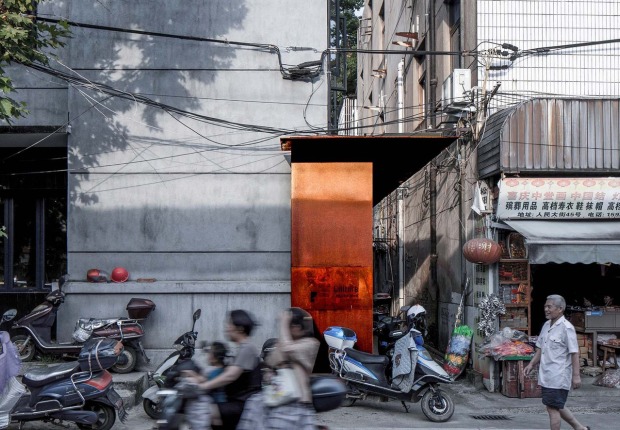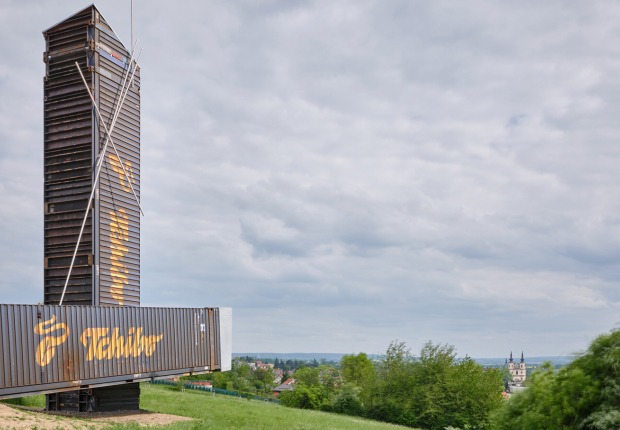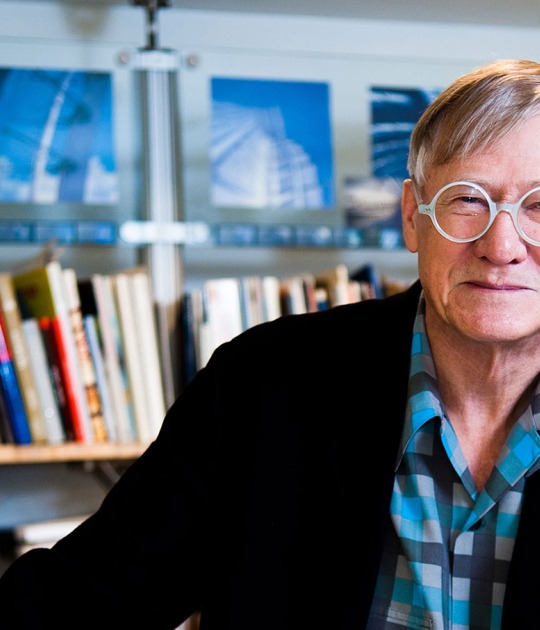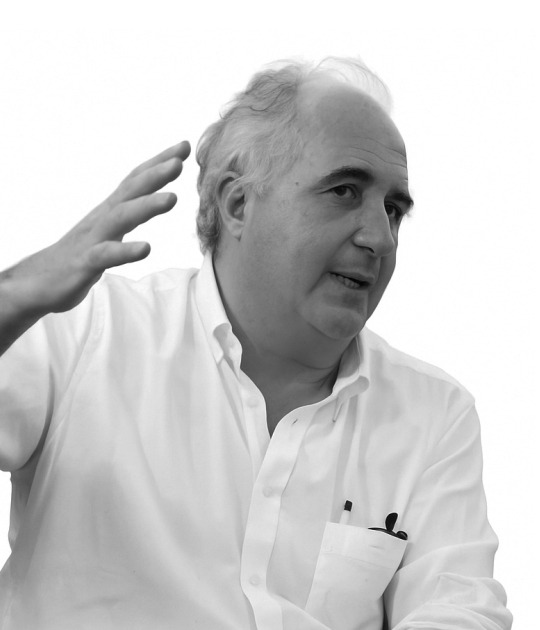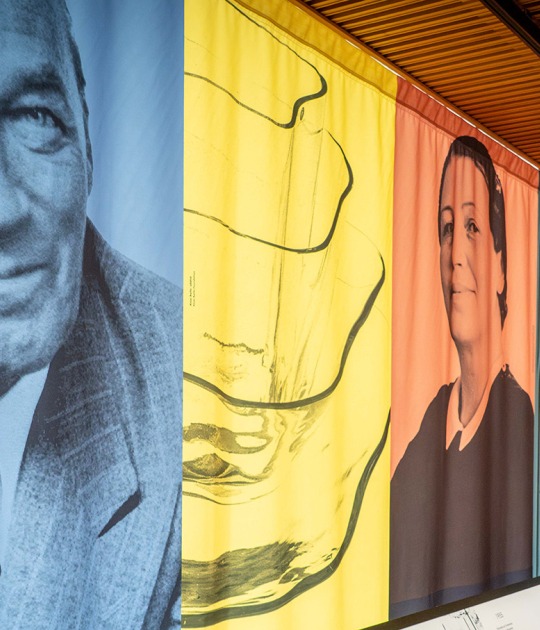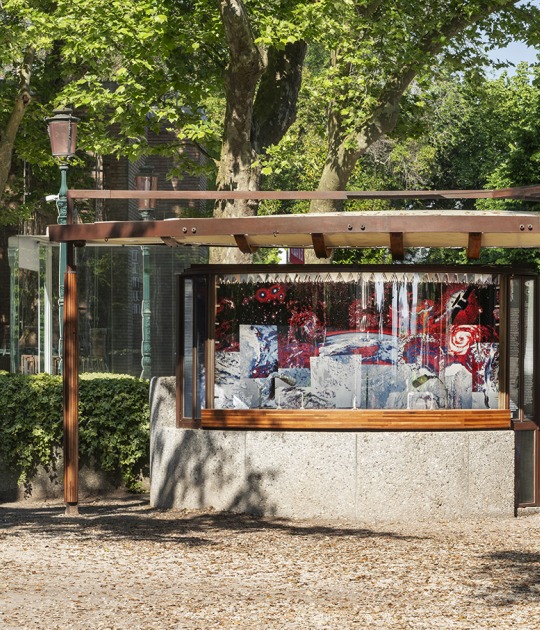Born in East Sussex in 1939, Grimshaw studied at the Edinburgh College of Art and the Architectural Association in London. From a young age, he showed a fascination with mechanics. Grimshaw dropped out of university at 17, before studying at the Edinburgh College of Art and later joining the Architectural Association in London, where he graduated in 1965. Among his early works was a student housing block with prefabricated service towers, which caught the attention of Buckminster Fuller.
In 1967, with Terry Farrell, he founded his first studio, designing the customizable Park Road apartments and the flexible Herman Miller factory, renovated by the studio in 2019. In the early 1980s, with Farrell's interest in postmodernism, the studio dissolved, and Grimshaw founded Nicholas Grimshaw & Partners in 1980.

Homebase Superstore, Brentford, UK, 1987, by Nicholas Grimshaw. Photograph by Jo Reid & John Peck. Courtesy of Grimshaw.

Homebase Superstore, Brentford, UK, 1987. Courtesy of Grimshaw.
His first major commission under the new practice was the Financial Times printing building in London (1988), a 14,000 m² facility with a transparent façade and stainless steel towers, now protected as a historic building. Soon after came the Waterloo international terminal (1994), featuring a 400-meter curved roof for the Eurostar, which won the Mies van der Rohe Award and the RIBA Building of the Year.
Entering the 21st century, Grimshaw completed the Eden Project (2000–2001), a botanical garden in a former quarry in Cornwall, composed of biomes housed in geodesic domes of ETFE, designed with engineers Anthony Hunt Associates. The project earned him a knighthood in 2002.

The Eden Project: The Biomes, Cornwall, UK, 2001, by Nicholas Grimshaw. Image Courtesy of Grimshaw.
His firm, with offices in London, New York, Los Angeles, Paris, Dubai, Melbourne, Sydney, and Auckland, went on to deliver landmark projects including the Herman Miller factory in Bath, the Vitra production facility in Germany, the British Pavilion in Seville, the Elizabeth Line stations in London (Stirling Prize 2022), and the Parramatta Aquatic Centre in Sydney (2023).
Nicholas Grimshaw championed lightweight, adaptable, and energy-efficient architecture. For him, designing a building was like constructing a ship: materials and structures had to serve a real purpose, rather than merely decorating.
Beyond his buildings, he served as president of the Royal Academy from 2004 to 2011. In 2019, he reflected on the Waterloo terminal as a symbol of European unity, an ironic perspective in the post-Brexit era.
Described by his firm as “a man of invention and ideas,” Grimshaw had the ability to persuade others that even the boldest architectural visions were achievable. His legacy blends engineering, functionality, and beauty, spanning monumental projects with global significance. He is survived by his wife, Lady Lavinia, and his daughters Chloe and Isabel, leaving behind a lasting testament to innovation in architecture.











